

Today we’d like to introduce you to Melissa Broughton.
Hi Melissa, thanks for joining us today. We’d love for you to start by introducing yourself.
My dad was a cowboy and I grew up on cattle ranches in Wyoming and Colorado, so I’m comfortable in the ranching culture. He never owned the ranches, but he worked as the manager; my mom was a rancher’s wife and a waitress. The ranch was just outside Del Norte, a small town located in the San Luis Valley. We were a Hispanic and Caucasian community, farmers and ranchers, and went to school Monday-Thursday, leaving three days for sports and working on the ranches. To this day, Del Norte still has only one stop light. Still, lavender farming in California is far cry from cattle ranching and “cowboying” in Colorado.
Despite a happy childhood in the country, alcoholism and mental health scenarios played out between my parents and I was anxious to move to “the city” and be the first in my family to go to college. And for the next 20 years, I realized much of my goal and bucket list dreams — moved to California, earned a master’s degree, and worked in professional/white-collar careers in writing, education and mental health.
As a small-town rancher’s daughter, I accomplished more than I ever thought I would or could and yet, I still felt off and anxious. These feelings gained traction and momentum in my 30s when my dad died of alcoholism. My grief realized a familiar and familial outlet and I started drinking. Sparing you the inside peek to this ugly time, I stayed in the “space” throughout my 30’s. In my 40’s now, I am 8 years sober.
What’s this got to do with Lavender?
In my late 30s, I started volunteering at a lavender farm near the studio I was living in at the time. Even though I had already been in California for almost 20 years, I was still mesmerized by fields of purple blooms; it was like nothing I had ever seen growing up in a small town in Colorado. My family was not one to spend the summers in Provence if you catch my drift (it’s still on my bucket list BTW). I learned how to harvest the lavender, started selling bundles and sachets at a Sunday farmer’s market while I maintained a full-time job.
Lavender farming, as most imagine, is relaxing and offered me soothing self-care; it was/is a healthy coping mechanism for my anxiety and supports my recovery. It’s still farming and it’s hard work. Throughout the years, I struggled through various jobs, I found them unfulfilling and stressful. I couldn’t quite grasp the childhood vision and naivety I maintained — that an advanced college degree would get me a professional career that I would love and be able to make a living. That wasn’t happening.
But the lavender… the lavender was blooming. I started to dabble in making more lavender products with the lavender I was harvesting, which led to more sales at the Sunday farmers market. My day job was becoming more stressful and unmanageable and then… in walks Covid. Even though I did not lose my job due to restrictions, the environment became… uncertain, unsafe, and surreal. All of the farmer’s markets remained open because people needed food and the markets were outside where air and distance between others were plentiful. I applied to be a certified farmer at the Santa Barbara County Farmers Market and when I was accepted, I quit my day job. Full circle, I work in the field, get dirt under my nails and hope for a good crop, just like my dad.
Now, two years later, five farmer’s markets a week, a different city each day, the other two days to make products and harvest/process. I opened ten retail accounts throughout Santa Barbara County and started selling through my online store. I sell lavender products to high-stress organizations such as: first responders, schools, therapists and hospitals. I now have 400 lavender plants and a crew that helps me harvest and process each July and recently have expanded into Texas Hill Country (aka Lavender capital of Texas). I use all of my professional training background in teaching, mental health and even esthetics to promote my small business and the necessary notion that self-care is essential.
Lavender is the metaphor for this whole “find yourself” story. It is planted and needs certain fundamentals to grow and thrive and sometimes that works and sometimes it doesn’t. So you replant. Is the soil good or bad? Did it get enough sun? Did it get enough water? Maybe. Maybe not. Still, it finds a way to bloom. Neglect it and it will thrive. It is resilient.
Life is lavender.
Can you talk to us a bit about the challenges and lessons you’ve learned along the way. Looking back would you say it’s been easy or smooth in retrospect?
When I had a regular day job (not my own business), I would be faced with daily challenges and I would figure them out. I was a good manager. BUT… it was stressful and I lacked control over many of the situations and after all of the anxiety and stress, it was still only a temporary band-aid for usually a bigger “under cover”, systemic problem. I hated that. Now, with my own business, when something comes up, I am finding a solution for me and for my business and I sense that I am making something better or improving overall.
With that being said, I have had challenges that are unique to lavender farmers and I have had challenges that most small business owners face.
1. Knowing when to quit my day job. Financially, quitting a day job is scary because one has a consistent paycheck. Once I did the math and figured that I could make as much money selling at farmer’s markets as I did at my day job, that gave me more courage to take the leap. Still, I left behind health benefits, retirement, and sick pay. I trusted my intuition on when to quit and it has paid off.
2. Lavender is drought resistant and lavender does not thrive with too much rain. Given the rain in the past few months, this was a worry and lavender plants did die. Farmer’s markets were canceled and I lost income.
3. Similar to my dad (and because it’s California), I don’t own land. This means partnering with landowners who want to support and help and in my story, I have been very fortunate in this situation. The lavender is on 3 different properties in Santa Barbara County, owned by different folks.
4. Too hot/timeline to harvest. The lavender blooms in June and July and needs to be harvested at a certain time in the blooming process to maximize the use of the oil and buds. If there is a heat wave, then the lavender may bloom faster and may even burn in the extreme heat and will need to be harvested quickly. This is doable, but it usually means rounding up a crew faster than expected. It’s hard work that needs to be done quickly. Lavender blooms once a year (generally with the variety I grow) and that crop is what I use all year to make products. If it gets burned or ruined in any way, I have no products, therefore no income.
5. Finding climate-controlled and appropriate space to hang hundreds of lavender bundles continues to be a challenge every year. Each year, a solution is found, but it is a temporary one. If hundreds of lavender bundles are not stored in the right (clean, temperature) space, it could ruin them.
6. F*cking gophers.
7. Money (or lack of): figuring out how and when to get financial resources (i.e. investors or capital) to grow the business (it takes money to make money)
Appreciate you sharing that. What should we know about June Bloom Lavender?
June Bloom Lavender is a lavender business offering lavender products made from the lavender I harvest. The name “June Bloom Lavender” comes from three concepts:
1. June is the month that lavender starts to bloom
2. It is a California play on words — rather than “June Gloom” (gloomy, cold, depressing weather in June), it is June BLOOM for lavender farmers, a very happy time when our lavender starts to bloom
3. June is my middle name.
I am a small-production lavender farmer (less than 500 plants). My business strategy/plan focuses on making high-end, high-quality products vs. ag-tourism (i.e. visiting lavender farms to cut your own bundles and have picnics, etc) because I do not own the land where my lavender calls home. I have recently expanded my business to Texas Hill Country (lavender capital of Texas) where there is no state income tax and sales tax is lower (actually everything is lower).
I believe that June Bloom is different than other lavender businesses because of my various professional backgrounds, all of which contribute to the success of June Bloom Lavender.
1. I am a licensed esthetician and spa health writer/reviewer. This training and experience is evident in my skincare products and the ingredients I use and the training I provide for accounts who retail these products.
2. My master’s degree and professional experience are in the counseling and education fields, so many of my products were inspired by promoting mental health awareness and education. The lavender bunny sensory fidget tools are a perfect example!
3. My background in teaching and writing help to articulate the wonders and benefits of lavender through articles I write, speaking engagements and writing workshops. I am a published author — a memoir about my dad and his disease, “Cowboy Dad”. Lavender is the platform that allows me and others to open up about addiction and mental health.
I am most proud of my name/brand and logo. It has really set me apart from other similar business and just in general has helped my business stand out and stand above.
I am also very proud of coming up with my best seller — the Lavender Bunny, a sensory fidget tool. It sells out in every market, consistently online and in all of my retail accounts. It is simple magic. It is made with minky fabric (which is like the soft fabric that baby blankets are made of), filled with my lavender buds and flaxseed. It has the perfect size (about the size of my hand), weight and texture for fidgeting. The other lovely thing about this product that customers LOVE is that there are six colors and they are each named after real bunnies I have/had. They each have a story on my website and many customers are “collectors”. They are: Milo, Leo, Amos, June, Lola, Ben
Are there any important lessons you’ve learned that you can share with us?
1. You’ve heard the saying, “Save it for a rainy day”? Well, this year, I learned this lesson in a literal sense. I need to save (more) money because if it starts raining for several days and weeks like it did in the past few months, then farmer’s markets will be cancelled. Cancelled markets = no sales/income. This also forced me to look at my streams of revenue and focus on the ones that won’t be impacted by weather (i.e. my own indoor or online store)
2. Similar business will take your product ideas. This is frustrating and feels like a form of plagiarism (taking your idea and not giving you any credit for your inspiration of their “new” product). Even with copyrights and trademarks, it’s best to realize this will happen and even though “imitation is a form of flattery”, it’s best to have the attitude and belief around abundancy — there is plenty to go around (business that is) and I can’t stop people from borrowing my good ideas.
Contact Info:
- Website: www.junebloomlavender.com
- Instagram: June Bloom Lavender
- Facebook: www.facebook.com/junebloomlavender
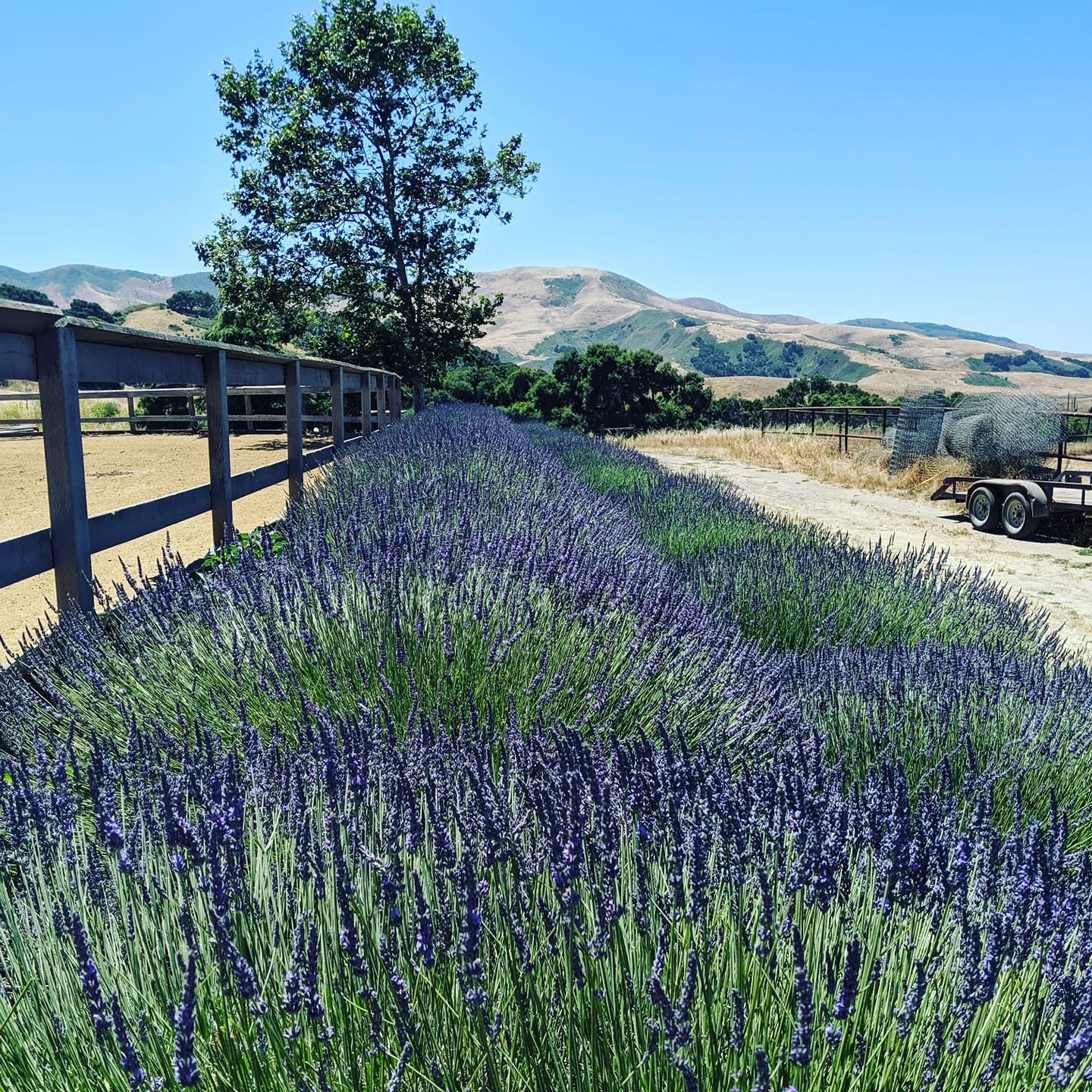
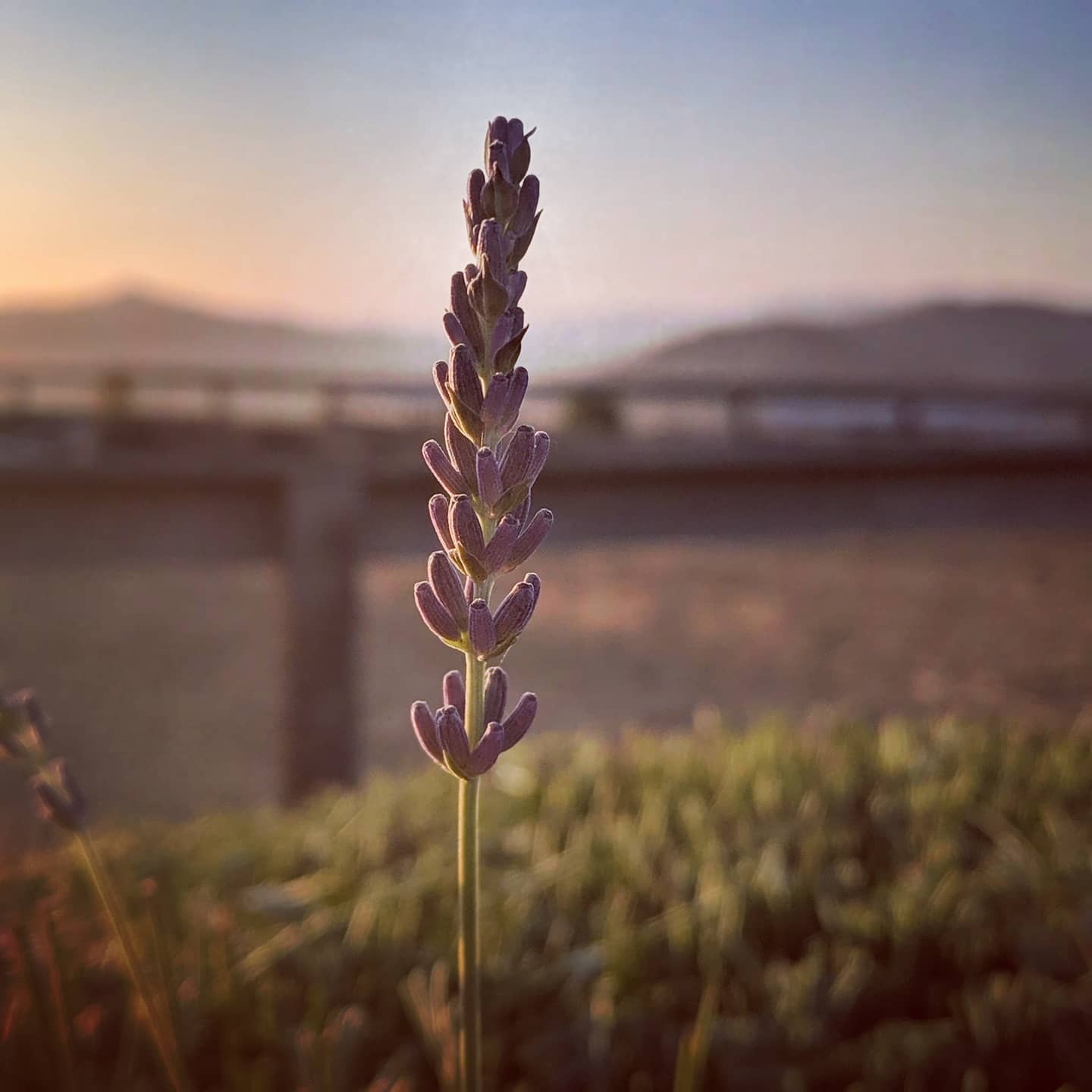
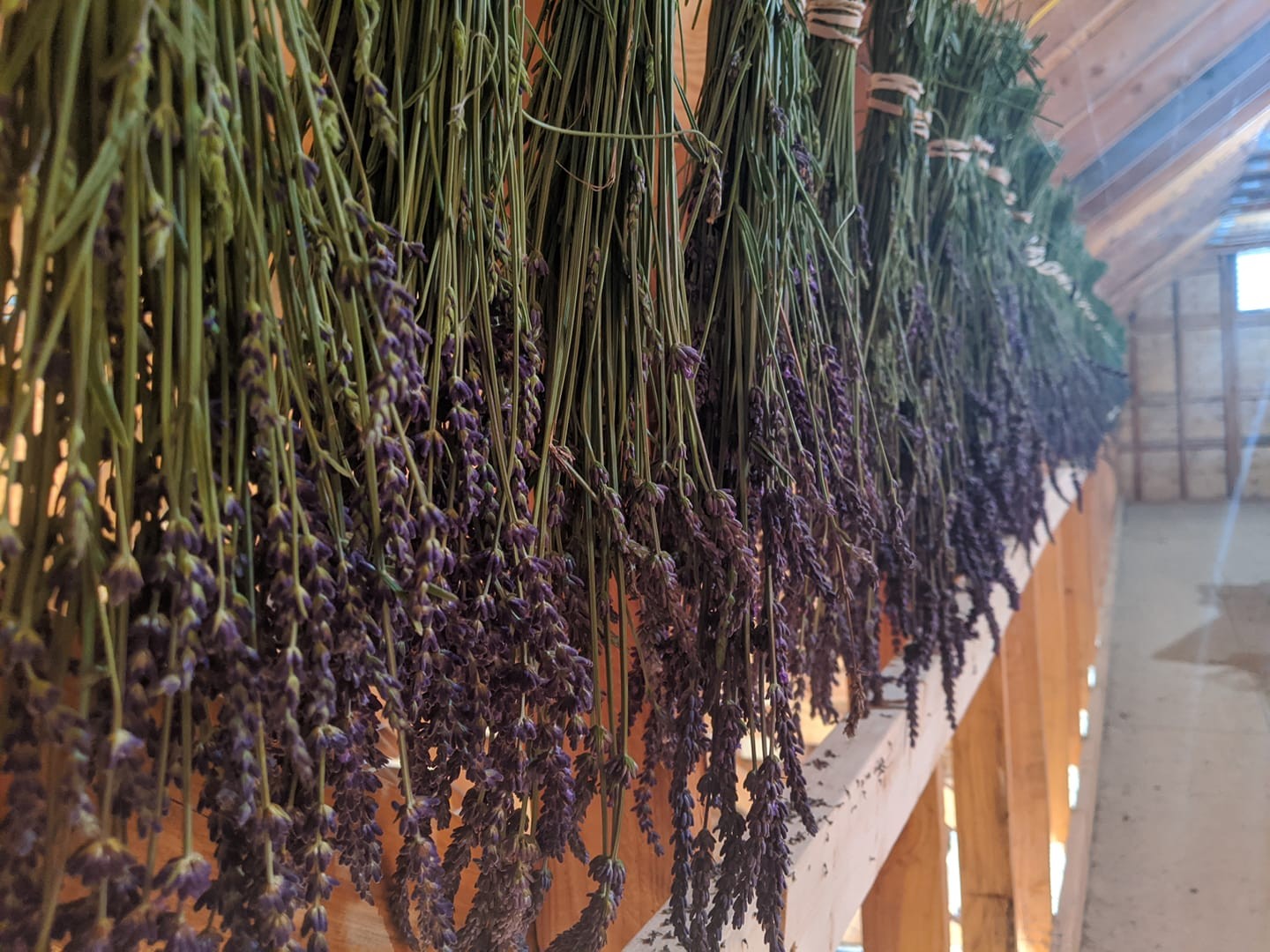
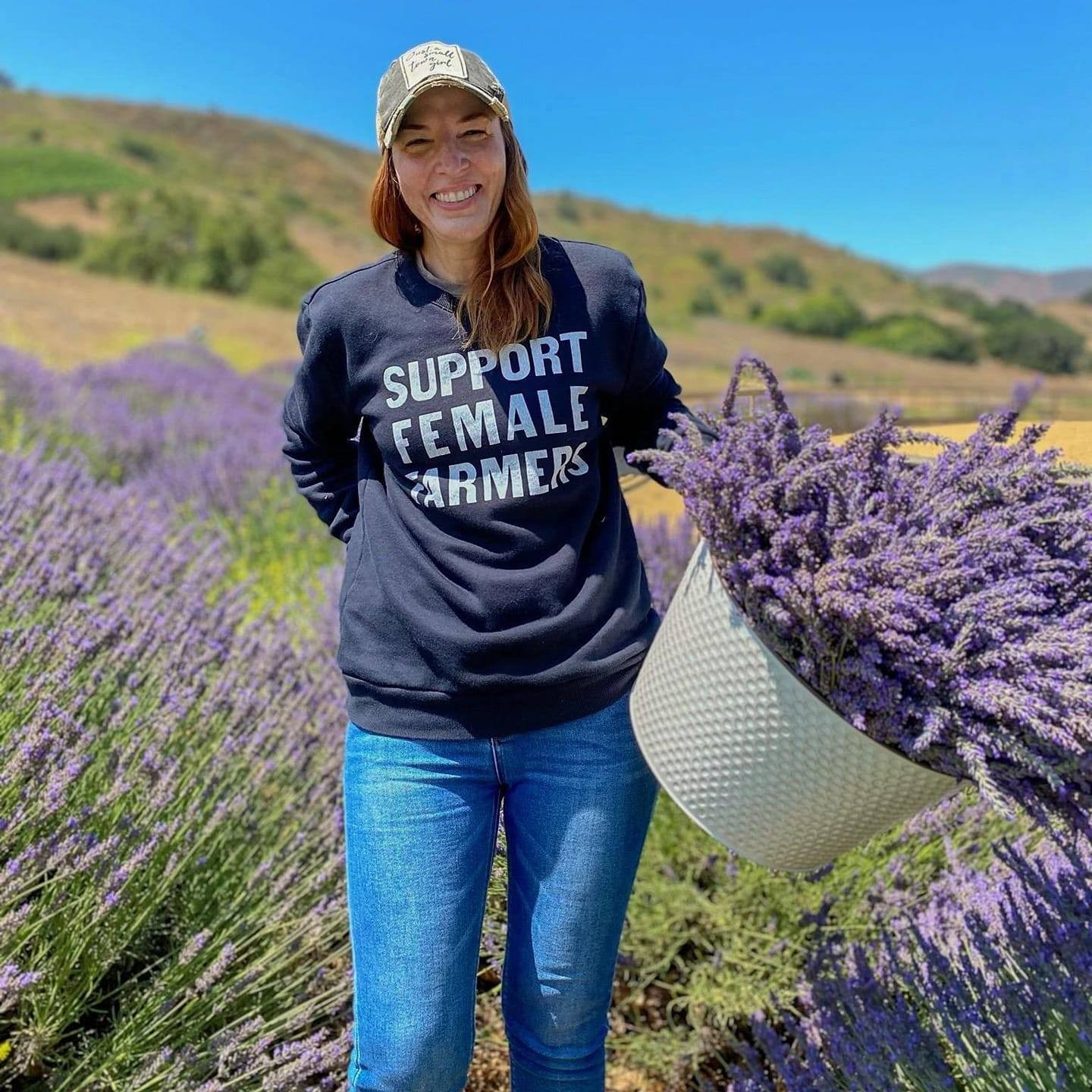
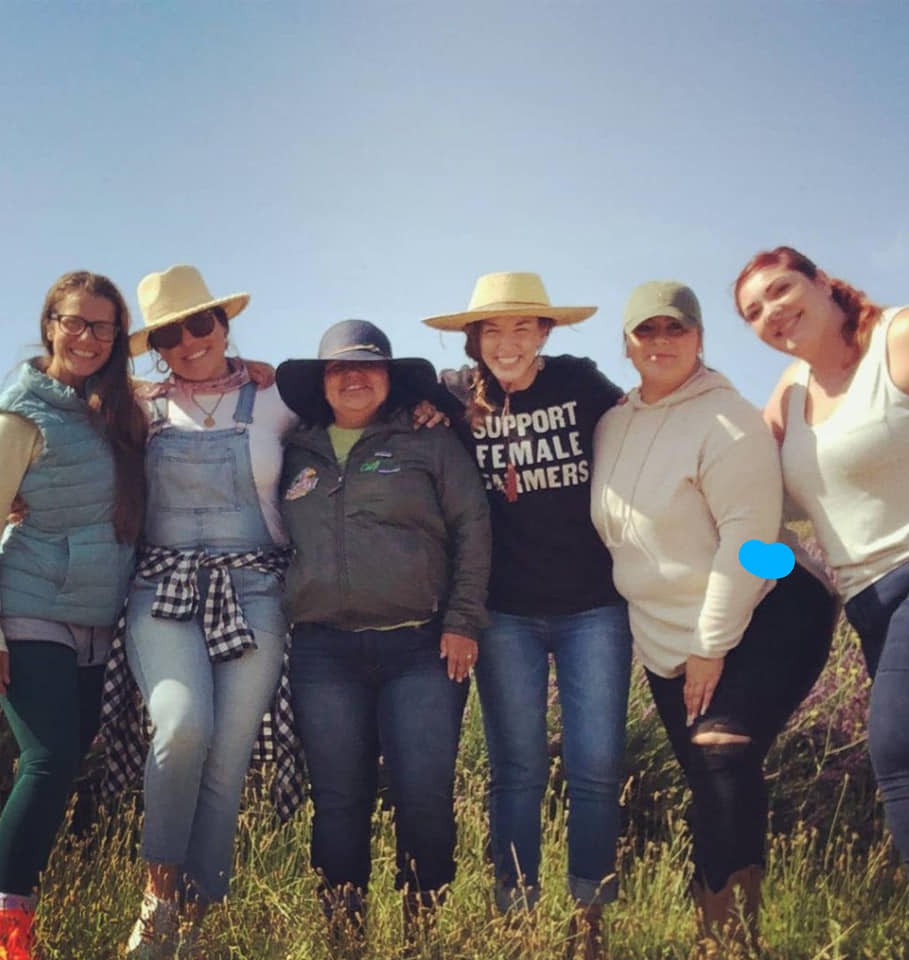
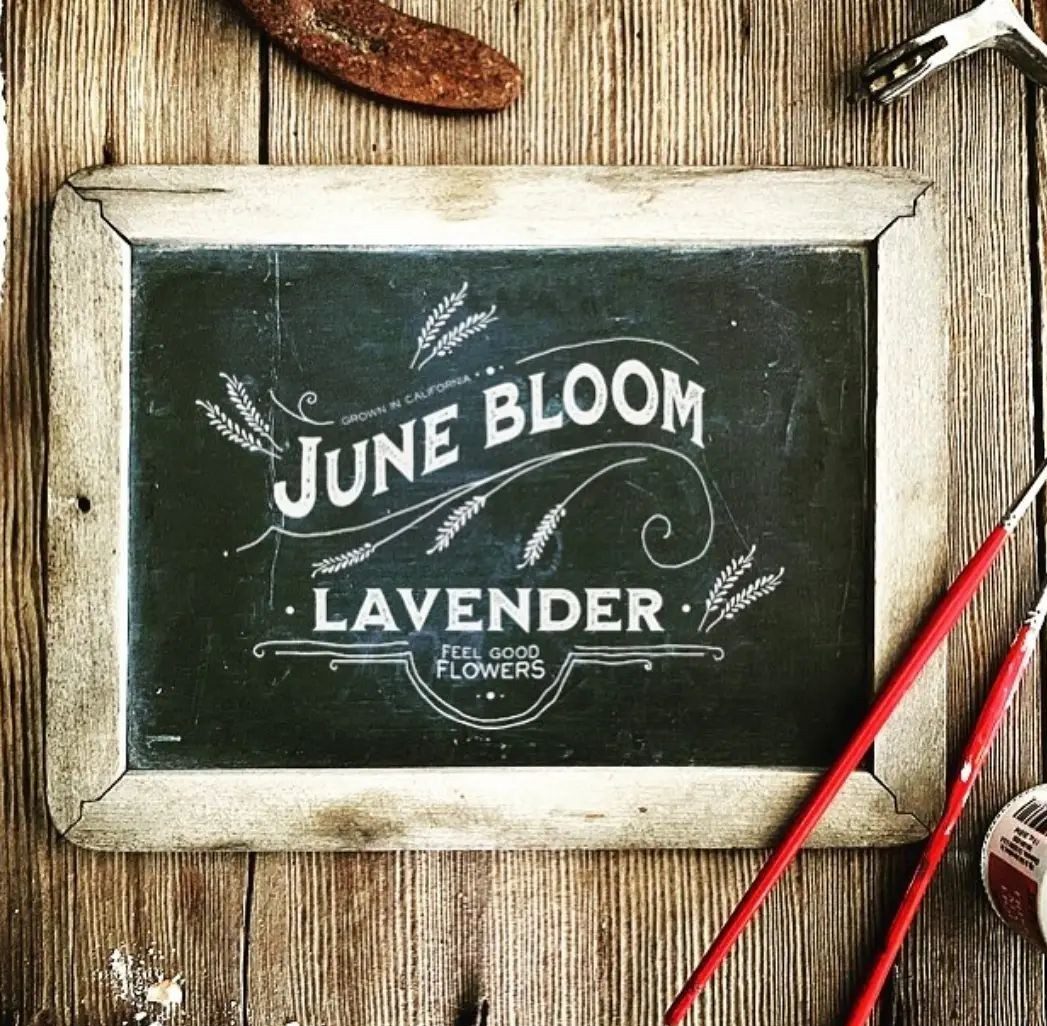
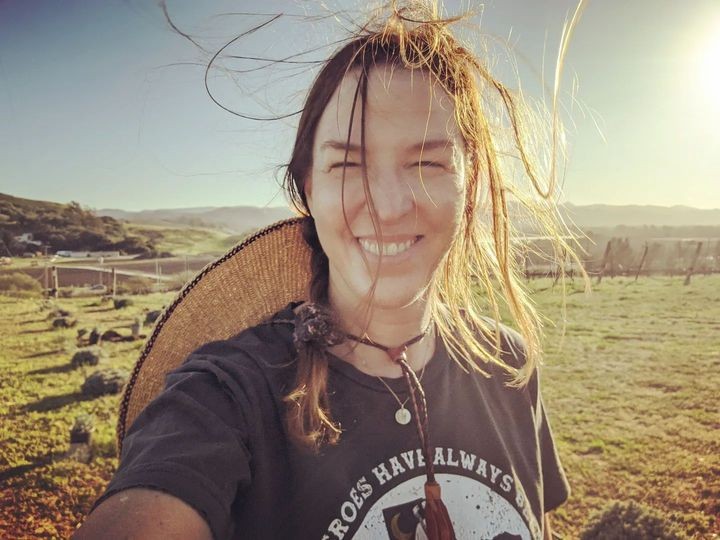
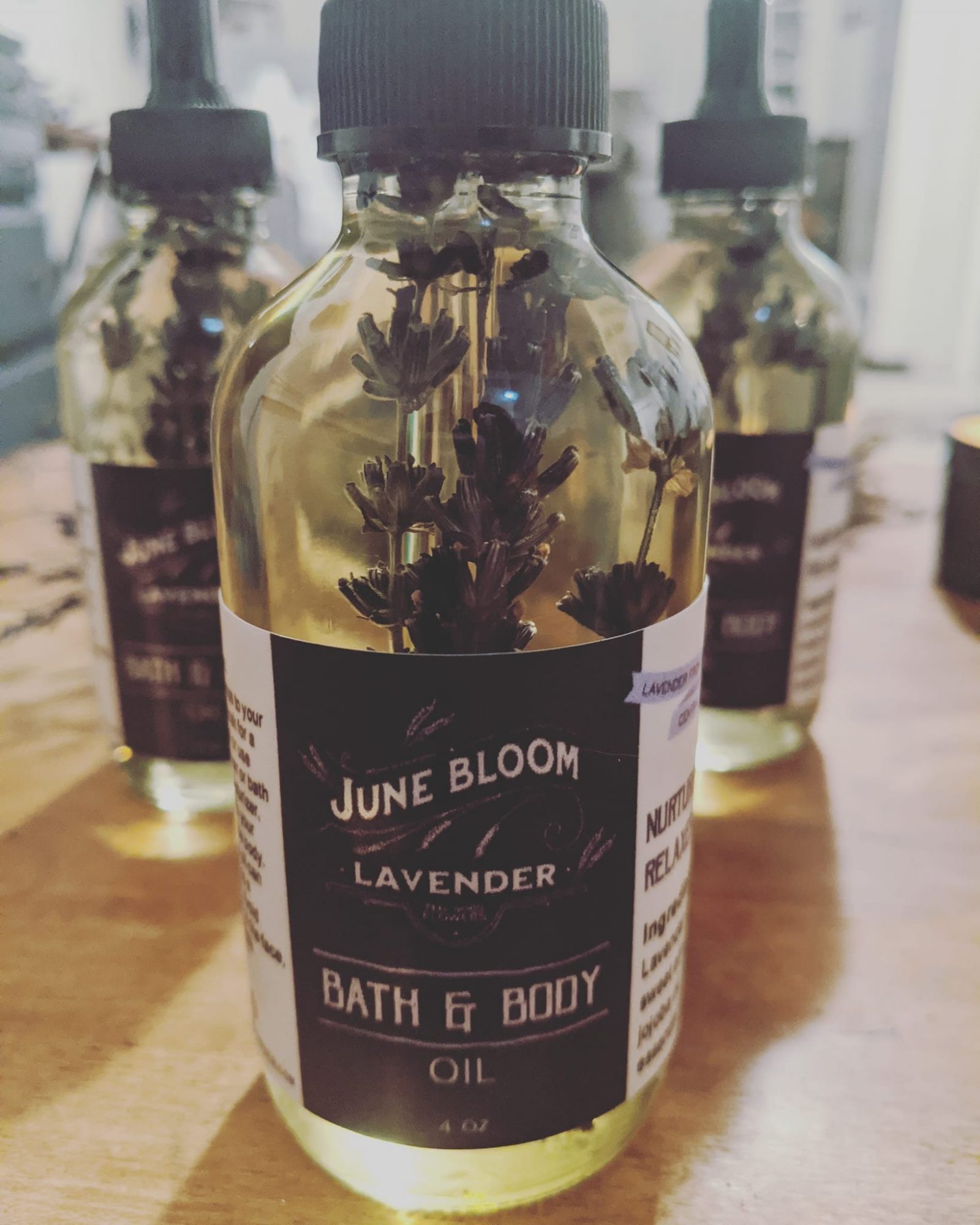
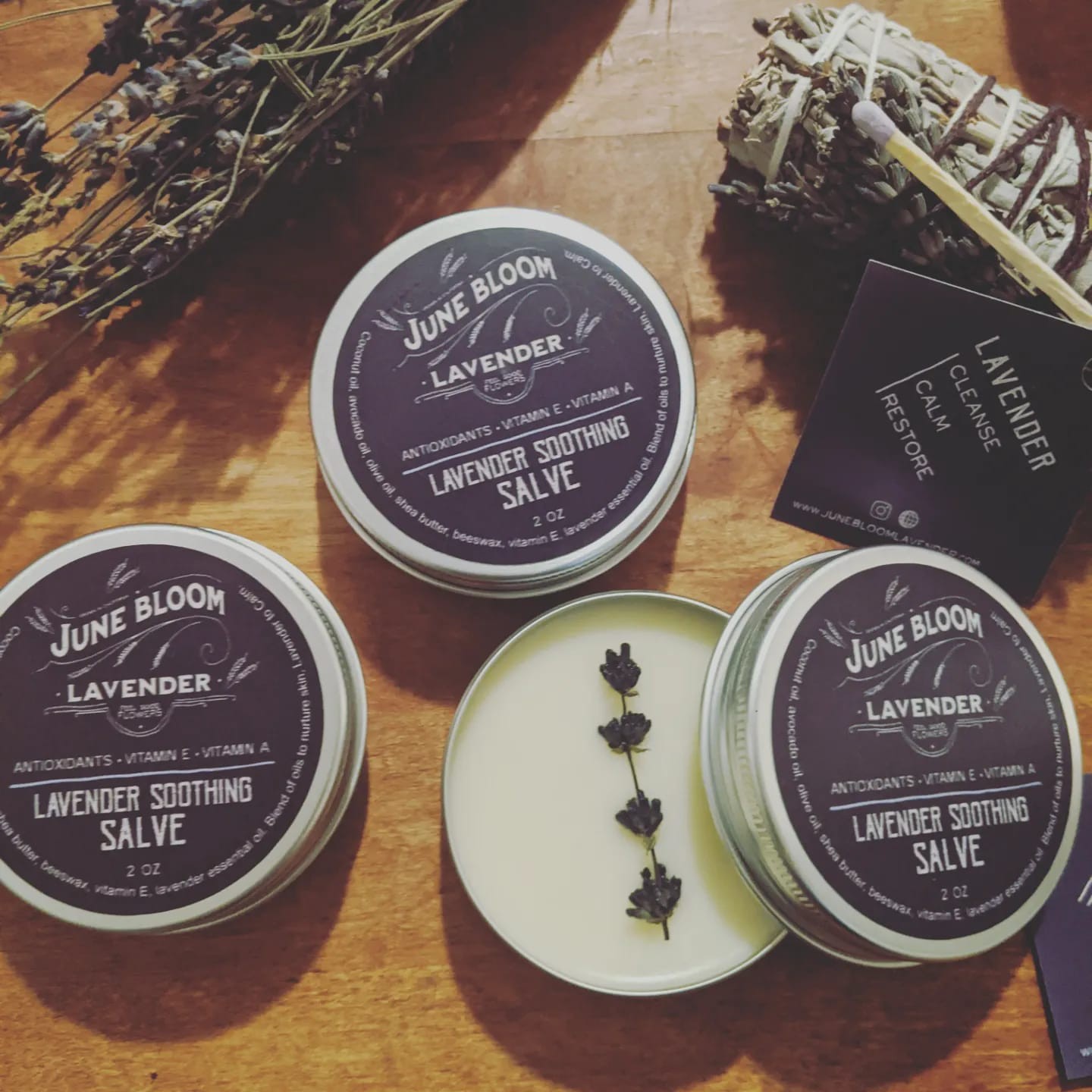
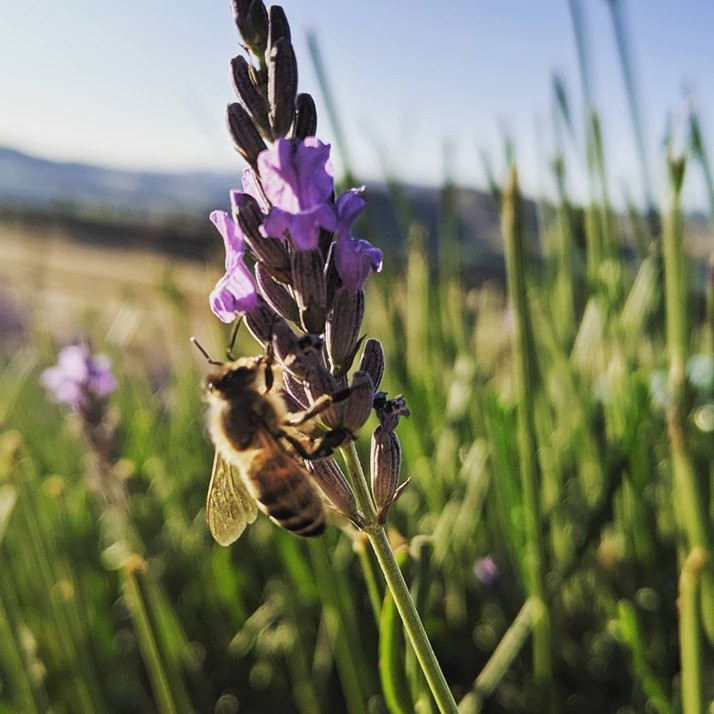
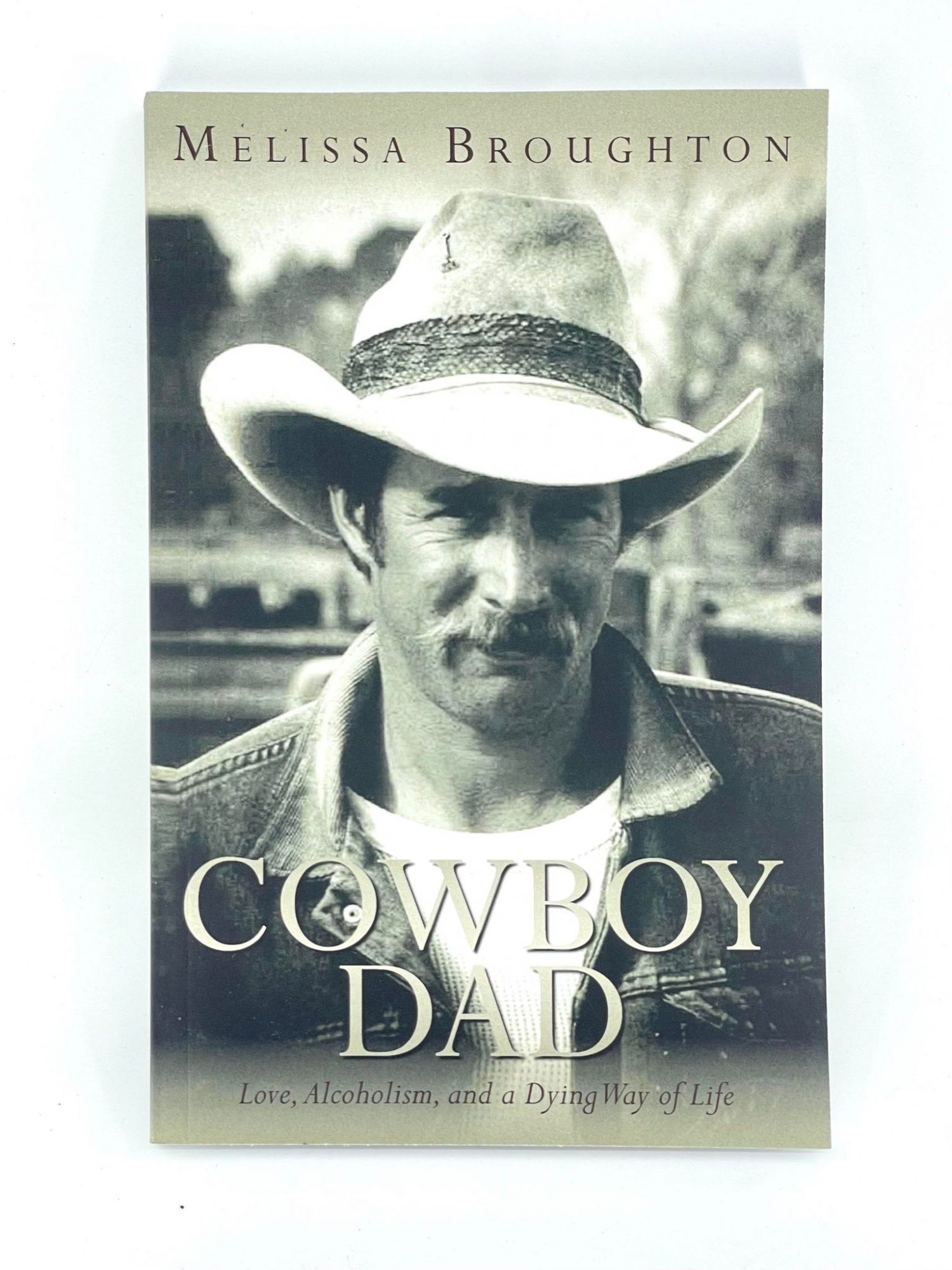
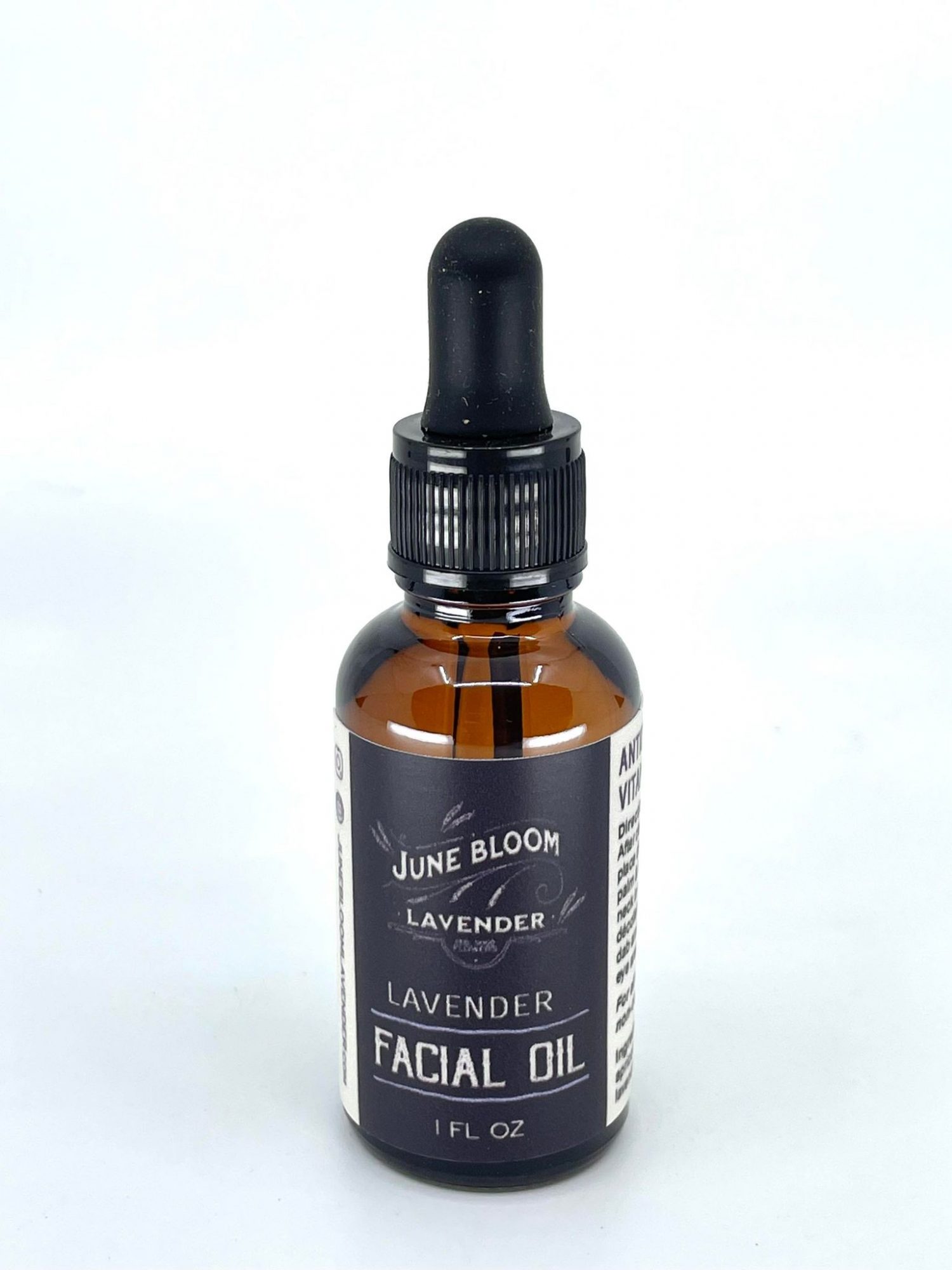
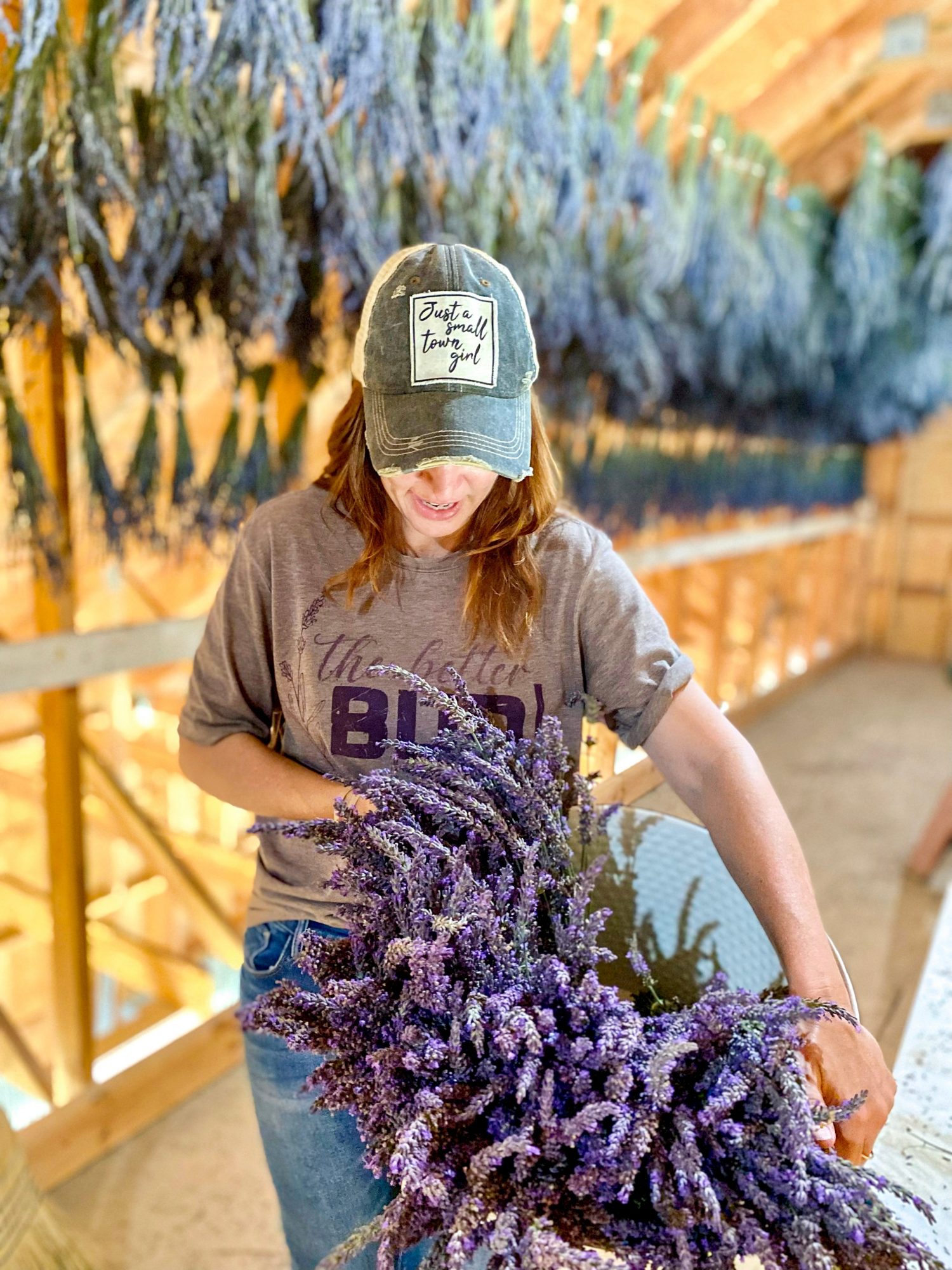
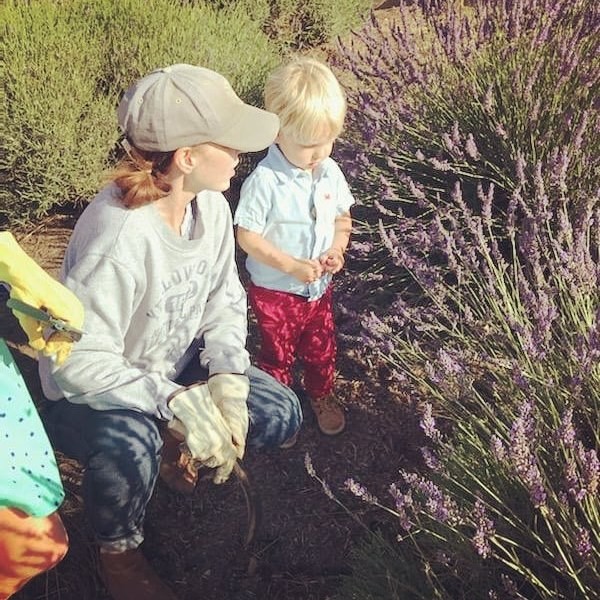
Image Credits
The photo that I am solo wearing “support female farmers”: photo credit: Hiking with Sun Product photos: photo credit: Hudio, Inc.














